(52 products available)





















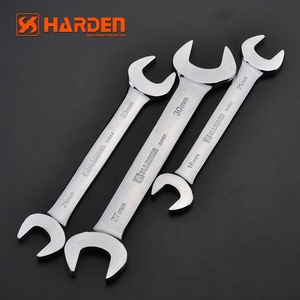
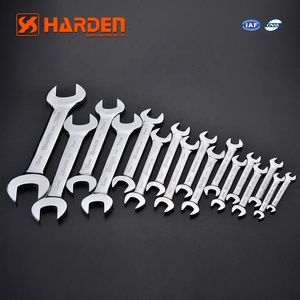







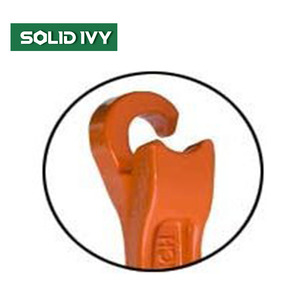





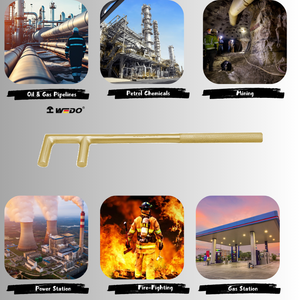


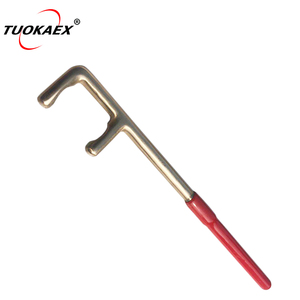

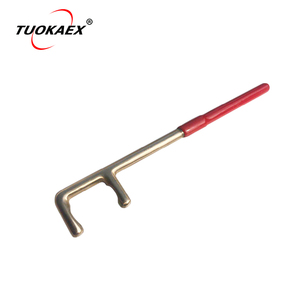




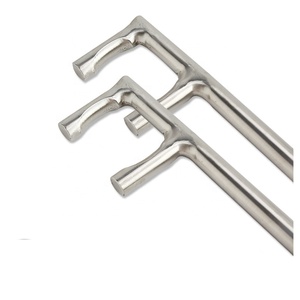


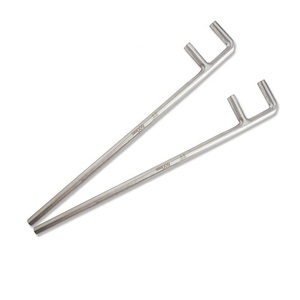






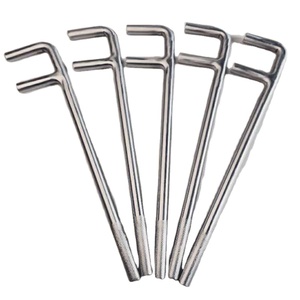




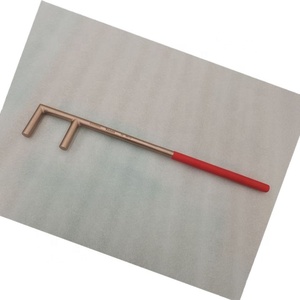
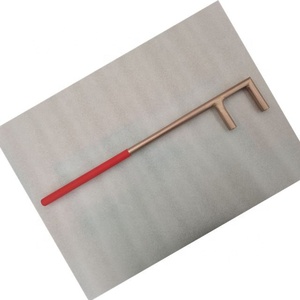
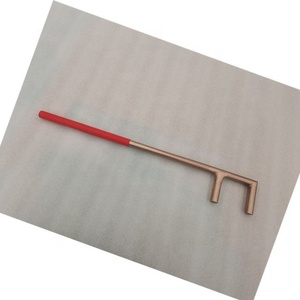
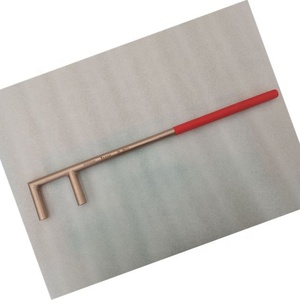
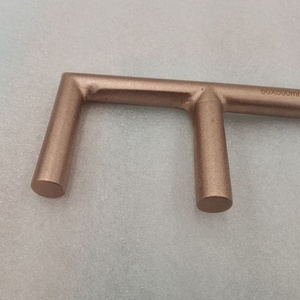
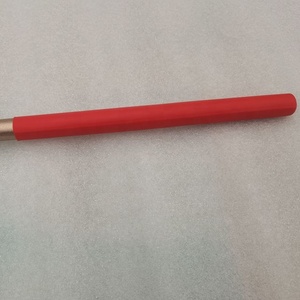


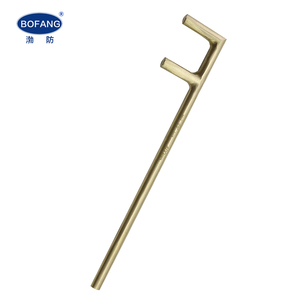
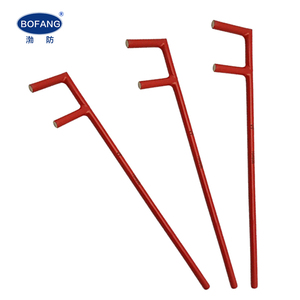
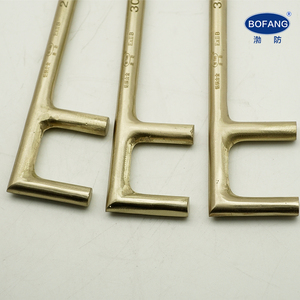





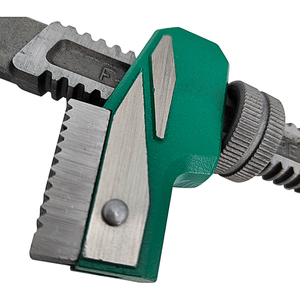
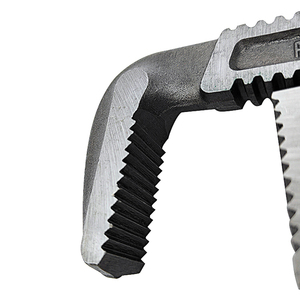




















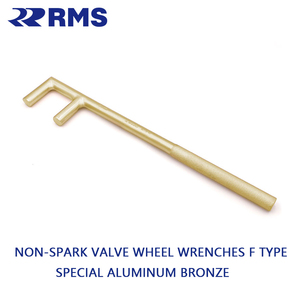

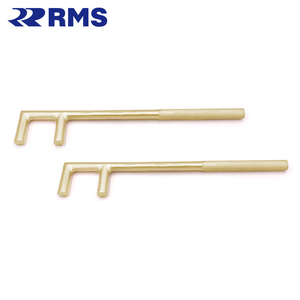

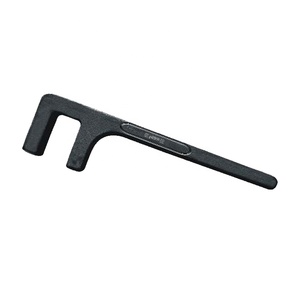

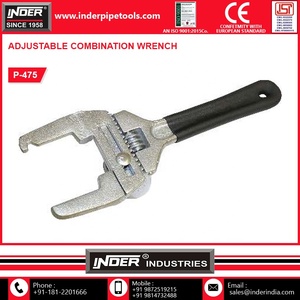

















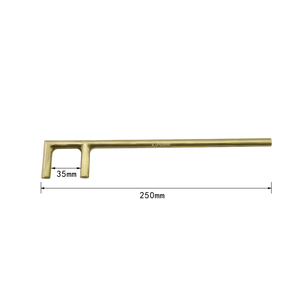


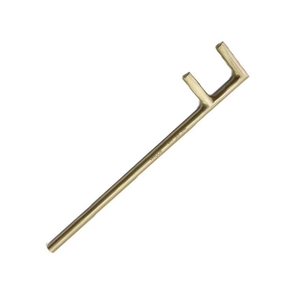
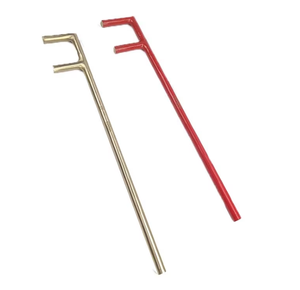




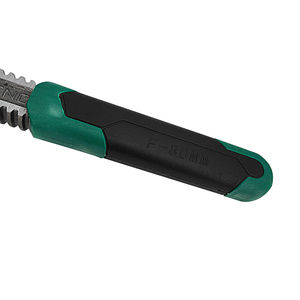

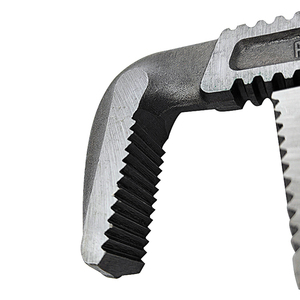









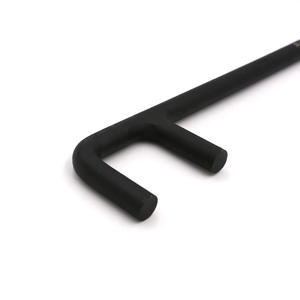


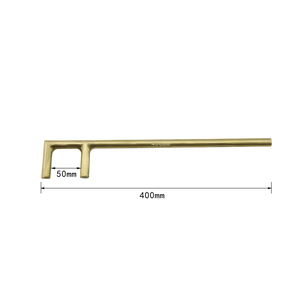




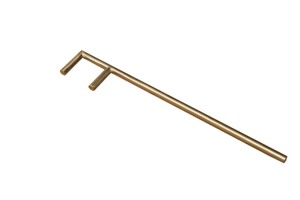

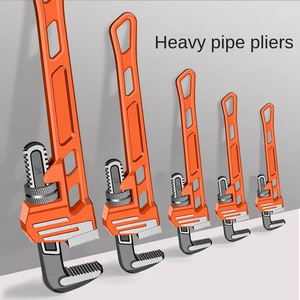


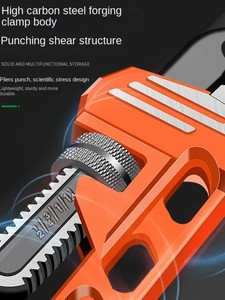
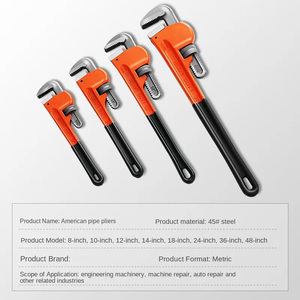


F-type valve wrench is the umbrella name for all tools used to turn F-type TV cable connectors and valves. This includes wrenches that can be inserted in position to provide grip to allow turning, adjustable or fixed, based on different F-type valves' sizes and shapes one encounters.
Valve and Cables Wrench for TV Connectors and Plumbing work is unique to various connections, but a few designs are more commonly required based on their popularity.
Open-end F-valve wrench
The open-end F-type valve wrench is designed to grip the sides of valve stems securely. Compared to other wrenches, it is simple, only having a wrench-like shape that fits the valve's flat sides. The main advantage of this wrench is easy access to tight spaces and the ability to grasp various valve stem widths. This makes it a good choice for general-purpose use where different valves may be encountered.
Box end F-type valve wrench
A box-end F-type valve wrench is specifically used to grasp the ends of valve stems that are square or rectangular in shape. The 'box' part fits over the stem, allowing more surface area contact and reducing stripping, which often happens with simpler wrenches. This is particularly useful for valves with a smaller or longer stem, where the open-end wrench might slip. If the valve ends are shaped like a square or cross, this wrench is the most effective.
Adjustable F-type valve wrench
The adjustable one features a movable jaw, so it can fit various valve stem sizes. This is useful when working with different sizes and needing a dedicated wrench for each. One won't want to carry tools for plumbing and HVAC system repairs, for instance. An adjustable wrench saves space and provides the necessary grip. There is a trade-off in terms of locking mechanism where it might not be as robust or engineered.
Specialty box-end F valve wrench
Some F-type valve wrenches are designed for particular applications, such as locking or safety valves. These might have a more complex box end shape to fit into notched or milled grooves in specialty valves. If one's job requires working with unique or industry-specific valves, purchasing a specialty wrench is recommended.
Valve wrenches are most commonly found in wiring systems and plumbing work, where turning connectors and valves is constantly required. However, there are many industrial situations where these tools find regular usage, including:
HVAC systems
In heating, ventilation, and air-conditioning (HVAC) systems, F-type wrenches connect copper tubing to refrigerant components. The F valves help maintain gas pressure and prevent system leaks. Properly sealing refrigerants requires accurate turning during installation and repairs, where F-type wrenches are needed.
Hydraulic systems
F-hydraulic systems usually have various F valves and connectors, similar to anything found in plumbing. F-type wrenches apply to these valves, providing needed precision and torque. In construction, mining, and other heavy industrial hydraulic machinery, small leaks in the lines can cause massive safety issues. Hence, proper turning and tightening of those connectors is vital, which is why having the right tool matters.
Aerospace
In the strict F-aerospace world, F-type wrenches connect instruments, sensors, and valves. Any error in turning those pieces could cause malfunction or misreading pressure and other vital metrics. Space is often at a premium onboard aircraft and satellites. Specialized F-type valves wrenches are also made to fit those tiny components in unique spaces.
Medical equipment & Electronics
F valve wrenches are also needed to make F-connectors on high-end medical devices like MRI machines and ventilators, where smooth airflow/pressure is mandatory. Because of delicate internal designs and the need for precise seals, the valves on those devices require the proper wrench to avoid damaging them while turning. Similarly, F valve Wrenches are used in F-coaxial cable connects on sensitive laboratory and telecommunication electronic systems.
Industrial compressors
Industrial air or gas compressors have many F valves and F-type connectors, and they often require turning. Valves control internal pressure, flow rate, and other critical functions. Because compressors are constantly running in industrial environments, improperly turned or tightened F-type valves could cause noise, vibration, or even rupture. Special valve wrenches are designed to fit the cramped space or configuration inside those compressors.
Because the valve wrench is a critical tool, one should consider its durability and how best to maintain it to prolong its lifespan.
Materials
Manufacturers make F type valve wrenches from steel alloys, such as chrome vanadium or chromium molybdenum, as they are very tough but still manageable to work with. The typical chrome-plated finish not only hardens the steel underneath but also protects against rust. There are also stainless steel F valve wrenches and non-corrosive brass that don't oxidize for continuous use over months or years. However, stronger alloys like tungsten carbide or TiN gold physical vapor deposition coating are needed for heavy industry.
Seals
Consider a wrench with internal or external rubbery seals on valve contacts and connectors to help bridge the small gaps that would otherwise allow dirt and debris in. It also dampens vibration. In the field, try using plumber's tape around the wrench end so grime doesn't accidentally get into the valve and connectors while turning. Keeping all surfaces clean is important for wrench and valve health. Check valves routinely for signs of wear, indentation, or corrosion.
Corrosive conditions
If working in highly acidic, caustic, or salt environments, valves and connectors can corrode the wrench more quickly than normal. In these environments, apply thicker anti-corrosion or extra protective coatings or change them more frequently. All may need to be stored inside closed containers with corrosion inhibitors and not left outside forced to battle the elements.
Head design
Wrench wear occurs primarily on the heads where it contacts valve stems over time; wear also happens on softer plastics. Inspect for notches, grooves, or rounded edges. Head wear can cause valve slippage, rounding the edges and making it harder to grip – it's time for a new wrench. Alternatively, try flipping a two-sided valve key.
Poor-quality F-type valve wrench
Using a F-type valve wrench will always yield poor results if the wrench is of poor quality. Quality is generally defined as the coherence of its parts. Low-quality wrenches may have loose or poorly fitted ends that could damage fragile brass valves. Sloppy tolerances lead to stripping valve flats or rounding corners. They are harder to use and break more easily. Sometimes, cheap tools are more expensive in the long run. Replacing them or paying to fix damaged valves costs more than buying quality from the start.
To select the right plumbing repair tools, contractors first note the valve types used on plumbing fixtures and pipes. They then find the wrench that best fits the requirements of these various valves. Contractors choose adjustable wrenches for larger projects with multiple valve sizes. Fixed-size wrenches are reserved for the wide flange or square nut present on the piping system for routine maintenance. When space is restricted, they opt for a pipe wrench or a basin wrench designed to work in tight places.
An F valve wrench, valve key, or valve operater, as it is called in some circles, turns F connectors made for coax cables. Other valve wrenches work with different connector styles, such as satellite dish window cables or gas appliance shut-off valves. While coax and satellite dish window cables use F connecters, gas appliance shut-off valves use other devices entirely. Those close to each other may have similar or identical valve shapes, but there can be significant differences that require different wrenches for different valve types.
Yes, manufacturers now make F valve wrenches from tough steel alloys that can withstand a lot of abuse. From these two closely related industries came the idea to make wrenches from super strong steel alloys like chrome vanadium and chromium molybdenum. These alloys are hard enough to hold their shape but tough enough not to shatter.
The best way to prevent this from happening is to keep the tool in a dry place when not in use and to apply a thin layer of oil over the metal. When it is harsh or acidic outside, a thicker coating called corrosion inhibitors or corrosion shield may be necessary. There are also coatings like chrome or nickel electroplating that bond tightly to the surface and act as a protective shield against microscopic rust forming.
It depends on what conditions it's exposed to and how much abuse it takes. Inspection is key – look closely at both ends of the wrench, around the open jaws, and between the box corners. Worn or rounded teeth and notches mean struggling and slippage. If major grooving develops or the metal is crushed after years of turning, get a new wrench.